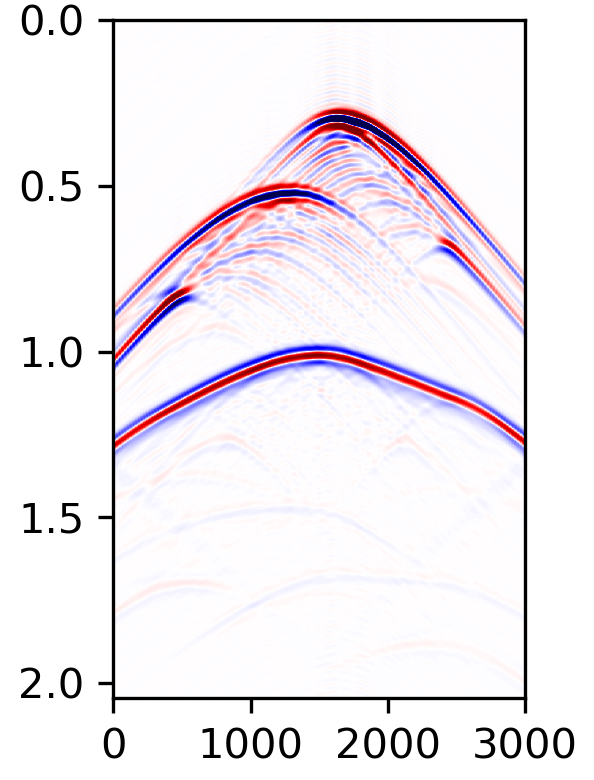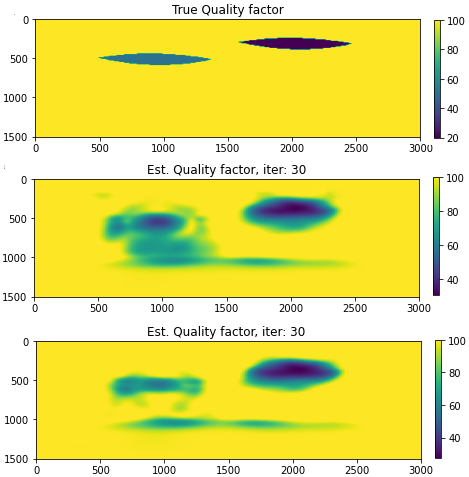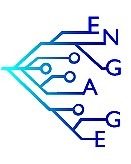
by Mohammad Safari
Noise, in scientific and engineering contexts, refers to any unwanted or random disturbance that interferes with or obscures the intended signal or data. This interference can manifest in various forms and originate from multiple sources, depending on the specific field of study. Noise represents unintended fluctuations or variations that deviate from the desired signal or data, often exhibiting a random or unpredictable nature that complicates the distinction from the actual signal or information. This interference can affect the clarity, accuracy, and precision of measurements, communications, or signals. Managing or reducing noise is crucial for enhancing the quality and reliability of scientific and engineering outcomes. But be careful, if you don’t understand the nature of something or cannot predict its behavior, it is not always a good reason to consider it as noise. Maybe you don’t have enough knowledge about it.

Generally, many individuals attempt to manage noise by simply removing it. From this perspective, individuals consider everything they do not fully understand to be noise. However, some adopt a different approach, seeking to thoroughly understand the nature and behavior of noise. This perspective can offer several advantages.
A good example of this situation is my recent research in the field of seismic imaging. As demonstrated in Fig. 1, in seismic studies we encounter two types of data reflections: primary and internal multiples. Primary reflections are direct reflections from subsurface layers back to the observation locations, while internal multiples are reflections that bounce multiple times within the subsurface before being detected. Internal multiple reflections are often considered unwanted and treated as noise in seismic data. Most seismic methods rely solely on primary reflections and consider multiples as unwanted signals.

In our recent research, our main goal is to incorporate anelastic attenuation effects, which distort the desired signal, into the full waveform migration method, aiming to provide a valid subsurface image. The Full Wavefield Migration (FWM) [1,3] technique utilizes the Full Wavefield Modeling (FWMod) [2] methodology to account for various wave propagation effects, including geometric spreading, reflectivity, and multiple scattering. The FWMod engine has full control over simulating primary reflections and also internal multiple reflections, as shown in Fig. 2. By having this forward engine, we can manage to remove or use the internal multiples.
In this research, we embrace the second approach to use the internal multiples instead of removing them. We found that harnessing and utilizing them can lead to better estimates of the attenuative zones in the subsurface, resulting in higher resolution and improved illumination [4], as demonstrated in Fig. 3.

In essence, noise is not just an obstacle but also an opportunity for deeper understanding. Embracing and exploring what we initially perceive as noise can lead to significant advancements and insights in various scientific and engineering fields. If you encounter noise in your life or research, consider paying more attention to it. What you might initially perceive as noise due to a lack of understanding could, upon closer examination, offer insights that may enrich your life.

References
[1] Berkhout, A.J. [2014a] Review paper: An outlook on the future of seismic imaging, part I: forward and reverse modelling. Geophysical Prospecting, 62, 911–930.
[2] Berkhout, A.J. [2014b] Review paper: An outlook on the future of seismic imaging, part II: Full wavefield migration. Geophysical Prospecting, 62, 931–949.
[3] Davydenko, M. and Verschuur, D.J. [2017] Full-wavefield migration: using surface and internal multiples in imaging. Geophys. Prosp., 65, 7–21.
[4] Safari, M., & Verschuur, D. J. (2024). Using internal multiples for more accurate seismic Q estimation. In 85th EAGE Annual Conference & Exhibition 2024.
